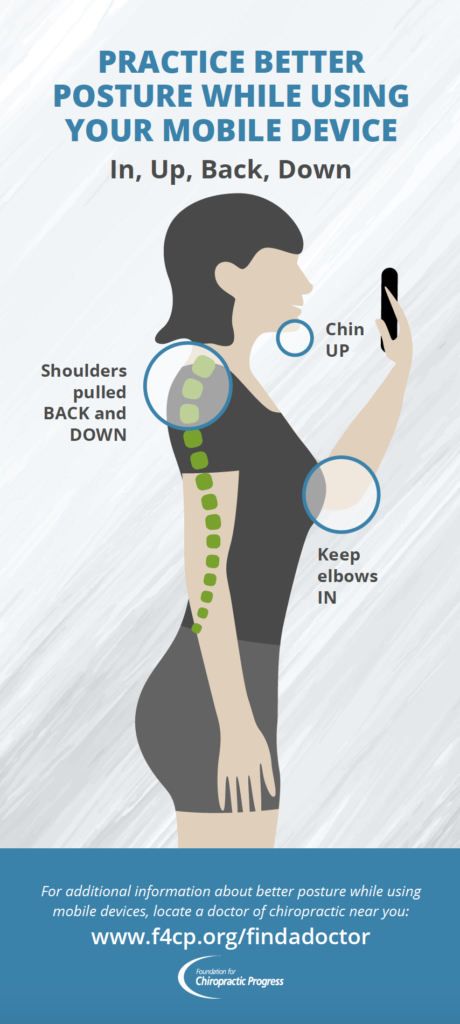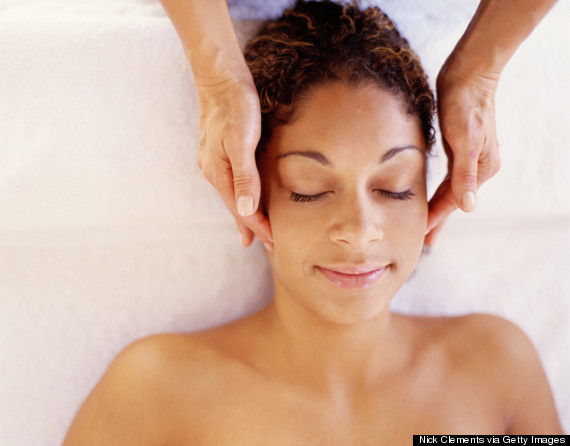How to Reduce the Risks of Pain Medications for Headaches – Foundation for Chiropractic Progress
www.f4cp.org
According to the World Health Organization (WHO), headaches are reported to be one of the most common disorders of the nervous system. Globally, it is estimated that nearly everyone has an occasional ...



